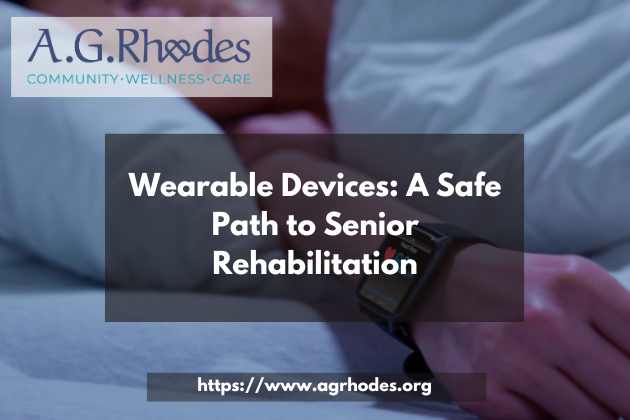
How Wearable Devices Aid Senior Rehabilitation
-
Real-Time Monitoring:
- Activity Tracking: Monitors daily steps, exercise duration, and intensity, ensuring adherence to prescribed routines.
- Heart Rate Monitoring: Tracks heart rate during physical activity, preventing overexertion and promoting cardiovascular health.
- Sleep Tracking: Monitors sleep patterns, helping identify disturbances that may impact recovery and overall well-being.
-
Remote Patient Monitoring:
- Telehealth Integration: Enables remote consultations with healthcare providers, allowing for timely adjustments to rehabilitation plans.
- Alert Systems: Sends alerts to caregivers or emergency services in case of falls or other emergencies.
-
Personalized Rehabilitation Plans:
- Data-Driven Insights: Provides detailed information about a patient’s progress, allowing for tailored rehabilitation plans.
- Gamification: Incorporates game-like elements to make rehabilitation more engaging and motivating.
-
Enhanced Safety and Independence:
- Fall Detection: Detects falls and sends alerts, reducing the risk of injuries and promoting independence.
- Medication Reminders: Sends timely reminders to ensure adherence to medication schedules.
Safety Considerations:
While wearable devices offer significant benefits, it’s essential to prioritize safety:
- Data Privacy and Security: Ensure that data is securely stored and transmitted to prevent unauthorized access.
- Device Reliability: Choose reliable devices from reputable manufacturers to minimize the risk of malfunction.
- Battery Life: Consider devices with long battery life to avoid interruptions in monitoring.
- Comfort and User-Friendliness: Opt for devices that are comfortable to wear and easy to use.
- Regular Maintenance: Follow manufacturer’s guidelines for cleaning and maintenance.
Conclusion
Wearable devices have the potential to significantly improve the outcomes of senior rehabilitation. By providing real-time data, promoting independence, and enhancing safety, these devices empower seniors to take control of their recovery journey. When used responsibly and with proper guidance, wearable technology can be a valuable tool in the pursuit of a healthier and more fulfilling life.

